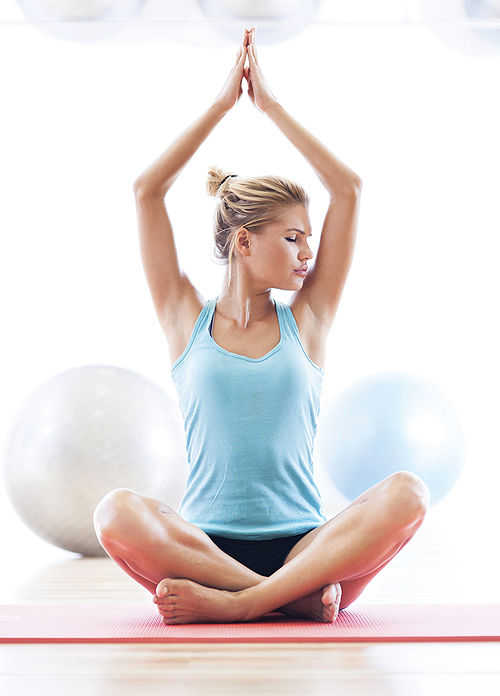Yoga continues to grow in popularity. In a questionnaire administered every five years as part of the National Health Interview Survey, the National Center for Complementary and Integrative Health and the National Center of Health Statistics found that the number of people practicing yoga increased dramatically between 2002 and 2012, when approximately 21 million adults acknowledged practicing yoga. That figure equated to nearly double the number of people who practiced yoga just 10 years earlier.
The almost meteoric rise in popularity of yoga can likely be traced to many factors, including a growing awareness among the general public regarding the impact a healthy lifestyle can have on both short- and long-term health. An essential component of a healthy lifestyle involves taking steps to protect our bodies, and that can include making an effort to reduce the aches and pains that are often associated with aging.
“The relaxation techniques incorporated in yoga can lessen chronic pain, such as lower back pain, arthritis, headaches and carpal tunnel syndrome,” explained Natalie Nevins, DO, a board-certified osteopathic family physician and certified Kundalini Yoga instructor.
The American Osteopathic Association notes the benefits of yoga extend even further than relieving chronic pain. According to the AOA, yoga can help men, women and even children increase their flexibility as well as help them build stronger, more toned muscles. Additional benefits of yoga include weight reduction, improved cardiovascular and circulatory health and improved energy and vitality.
But the benefits of yoga extend beyond the physical to the mental. The American Psychological Association notes that several studies have shown that yoga can help strengthen social attachments, reduce stress and relieve anxiety, depression and insomnia. For example, a 2012 study from researchers at the University of California, Los Angeles, found that a particular type of yoga that included brief, daily meditation reduced the stress levels of caregivers tasked with caring for people suffering from Alzheimer’s disease and dementia.
One of the more attractive aspects of yoga is that it requires little or no financial commitment on the part of the people who practice it. Unlike fitness centers that typically require members to commit to yearly contracts or even potentially costly month-to-month memberships, many yoga studies do not require long-term commitments, instead asking that customers pay a small amount each time they visit if they are hesitant to commit to memberships. In addition, yoga requires just a mat and some appropriate clothing, ideally clothing that’s conducive to flexibility but not so loose that it will prevent you from performing certain poses.
Before including yoga in your exercise regimen, speak with your physician. Once you get the green light, look for a beginner’s course, explaining to your instructor that you are just starting out. Many yoga studios offer introductory classes that help men and women acclimate their bodies to yoga and the various poses it entails before moving on to more challenging poses.
MEDICAL FOCUS: The benefits of including yoga in your exercise routine

Yoga
